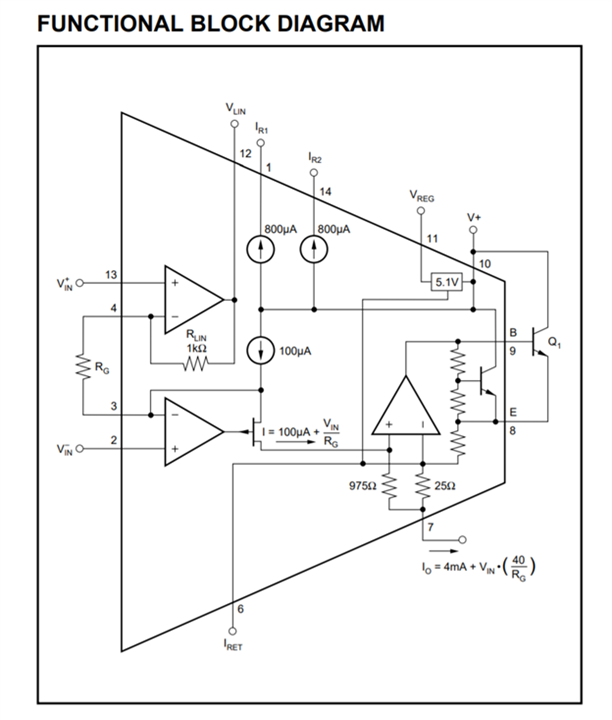Other Parts Discussed in Thread: XTR111
Good Morning,
I've developed a sensor (3 electrodes) 4-20mA for chlorine measurement.
The interface with the external instrumentation is entrusted to XTR105. I'm using the Iret like the "Ground" of my circuit potentiostat. I set the Working Voltage between Counter electrode and reference Electrode through an operation amplifier. In the image the schematic.
if I find continuous currents in the water, the Iret moves and this causing a malfunction of the sensor.
I measured a ddp between the Iret and the GND equal to about 108 mV(in normal condition), in the presence of these currents (depending on the direction of crossing with respect to the sensor) the ddp drops to 56mV or rises up to about 400mV.
How can I block the Iret even in the presence of these currents?
Thanks in advance for your reply!!
Best Regards



